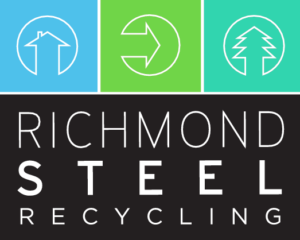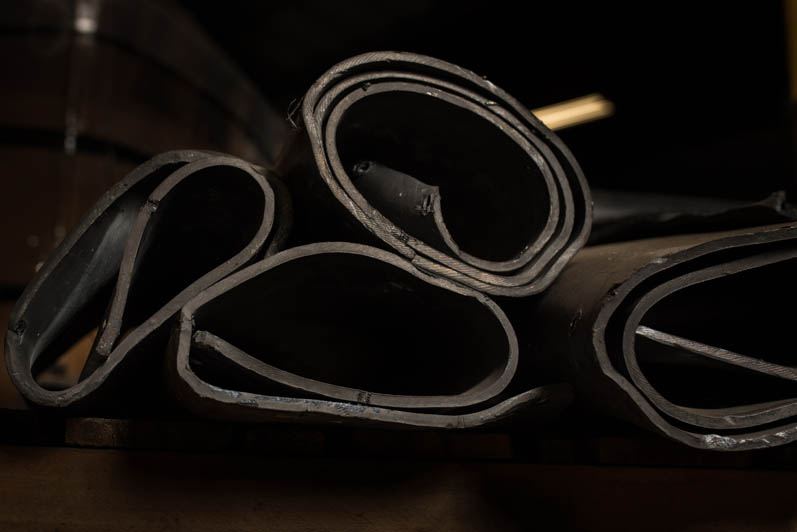Lead disposal has been happening since 4,000 BC, as discovered when ancient figurines were found in Egypt. Little did people know, their ornaments contained a material that would become a controversial global resource.
The uses of this metal evolved as people recognized its malleability. Over time, and especially during periods such as the Industrial Revolution, lead became a go-to metal in the production of daily-use items. Silvery-blue in color and rust-resistant, lead gained its status as a popular component of house paint, plumbing fixtures, and vehicle batteries.
Then came lead poisoning.
Lead poisoning is classified as an environmental illness, because the presence of lead in building materials and manufactured goods can harm the health of both children and adults, especially pregnant women. In serious cases, lead poisoning can lead to cancer.
Although not as close to us as toxic mercury-based dental fillings, the lead in water pipes and cooking utensils inevitably surfaces in our food. We can also contract lead poisoning just by living and working in buildings with lead-based paint and wood via inhalation of toxic dust and vapor.
How does lead affect human health?
When people who had been exposed to lead toxins in their environment showed symptoms of lead poisoning—headaches, respiratory problems, and forgetfulness, to name a few—health and safety officials recognized the need to regulate the usage of lead in close-contact items. Health Canada implemented a strategy specifically to reduce the presence of lead in products likely to be ingested, inhaled, or in contact with human mouths, such as toys and cosmetics.
However, lead-based items still exist in our homes, workplaces, and other areas of daily life.
Consider paint—although the World Health Organization prioritized a goal to eliminate lead paint by 2020, and paint sold commercially after 1992 in North America is lead-free, many buildings pre-dating 1960 are coated in lead paint. This realization spurred lead abatement projects, such as that in Vancouver which saw the removal of lead paint from four pool houses in 2018.
Workers removing lead-based paint from buildings and infrastructure can protect themselves and others by using polyethylene covers to limit debris to the renovation site. Anyone with old paint cans kicking around should also seek responsible lead disposal.
Scrap metals such as lead, copper, and mercury should not be disposed of in landfills alongside household or retail garbage, because metals can leach toxic matter into the soil surrounding a landfill. Scientists suggest that air pollution arising from toxic soil can poison the people and wildlife living within five kilometers of a landfill.
How does lead affect the environment?
Metals are considered precious resources for their increasing scarcity, so keeping metals out of landfills protects the environment.
Recycled lead, and recycled metals in general, can be reused in the production of new commodities, lowering the global need to conduct metal mining. Decreasing the amount of metal mining also means decreasing the amount of greenhouses gases damaging Earth’s atmosphere.
Who helps with responsible lead disposal?
Metal-recycling companies such as Richmond Steel Recycling exist to help people dispose of and recycle lead-based items in a safe and an environmentally conscious manner.
Richmond Steel Recycling accepts lead-acid batteries and removes them from vehicles we buy for shredding, which would cause pollution if added to landfills. Companies such as this have resulted in North America’s high (nearly 100%) battery recycling rate. Furthermore, they helped the global usage of recycled lead surpass that of mined lead in 1995, and this statistic remains positive today.
Ultimately, bringing scrap metals to organizations such as Richmond Steel Recycling is an environmentally responsible practice, which helps prevent both human illness and global warming.

